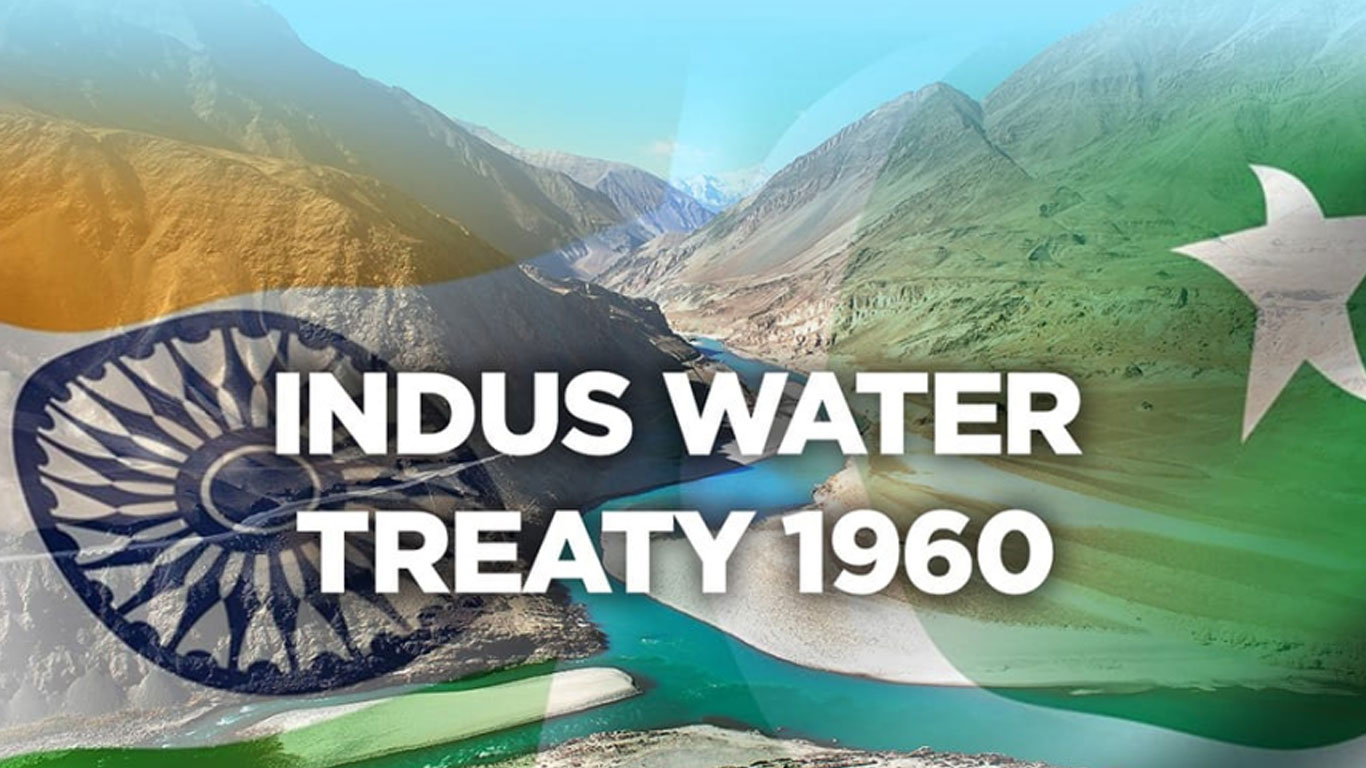For over sixty years, India and Pakistan have shared one of the world’s most complex and sensitive water-sharing agreements—the Indus Waters Treaty (IWT). Signed in 1960, this landmark accord has stood resilient through wars, political crises, and diplomatic freeze-ups, serving as a rare example of successful cooperation between two nuclear-armed rivals. However, with rising geopolitical tensions and new developments on both sides, the treaty now faces unprecedented stress, raising questions about the future of water security in South Asia.
Historical Background: The Need for a Treaty
The origins of the IWT date back to the Partition of British India in 1947. The division created two new countries—India and Pakistan—with the newly drawn international boundary slicing through the Punjab province, which boasted one of the most advanced irrigation systems in the world at the time. As rivers originating in India flowed into Pakistan, tensions flared over water access.
An initial stand-off over water occurred in April 1948, when India temporarily stopped water supplies to Pakistan’s canals. Although the issue was soon resolved through an interim agreement, it highlighted the need for a comprehensive, long-term solution. The World Bank stepped in as a mediator, and after nine years of negotiations, the IWT was signed by Indian Prime Minister Jawaharlal Nehru and Pakistani President Ayub Khan in September 1960.
Under the treaty, India received exclusive control over the three eastern rivers—Ravi, Beas, and Sutlej—while Pakistan was granted rights over the three western rivers—Indus, Jhelum, and Chenab. Importantly, while India could use the western rivers for limited non-consumptive uses such as hydroelectric power generation, it was prohibited from interfering with the overall flow to Pakistan.
Key Provisions of the Indus Waters Treaty
The IWT is structured around several essential provisions:
- Division of Rivers: The eastern rivers (Ravi, Beas, Sutlej) are allocated to India, while the western rivers (Indus, Jhelum, Chenab) are assigned to Pakistan.
- Non-Consumptive Use: India is permitted to construct run-of-the-river hydroelectric projects on the western rivers under strict conditions.
- Permanent Indus Commission: A joint body composed of representatives from both countries oversees treaty implementation, resolves disputes, and facilitates data exchange.
- Dispute Resolution Mechanism: The treaty provides a multi-tiered mechanism for resolving disagreements, ranging from bilateral negotiations to involving neutral experts and even the International Court of Arbitration, depending on the severity of the issue.
Modern Challenges and Emerging Disputes
While the IWT has weathered multiple conflicts—including the wars of 1965, 1971, and the Kargil conflict in 1999—recent developments have tested its limits.
One of the most contentious issues has been India’s construction of hydroelectric power projects on rivers allocated to Pakistan. Two projects, in particular, have come under scrutiny:
- Kishenganga Project (330 MW): Inaugurated in 2018, this project diverts water from the Kishenganga River, a tributary of the Jhelum. Pakistan claims that the diversion reduces flow into its territory.
- Ratle Project (850 MW): Located on the Chenab River, this project remains under construction. Pakistan argues that its design violates treaty stipulations concerning pondage and free flow.
Both projects have triggered formal disputes. The Kishenganga case even reached the International Court of Arbitration, which ruled that while India could proceed, it had to ensure minimal environmental impact and continuous downstream flow.
Recent Suspension: A Turning Point
In the wake of a tragic terrorist attack in Pahalgam, Jammu and Kashmir, that resulted in the deaths of 26 tourists, India announced a suspension of the IWT. This marked the first time in the treaty’s history that one of the signatories had taken such a step.
India’s Ministry of External Affairs Secretary Vikram Misri declared: “The Indus Waters Treaty of 1960 will be held in abeyance with immediate effect, until Pakistan credibly and irrevocably abjures its support for cross-border terrorism.”
This move is significant not only for its legal and diplomatic implications but also for the profound environmental and humanitarian consequences it may entail.
Why the Indus River System is Crucial to Pakistan
Pakistan’s dependency on the Indus river system is immense. Around 80% of the country’s agricultural output relies on water from the western rivers. With a total annual flow of 168 million acre-feet, Pakistan receives the lion’s share under the treaty. India, by contrast, is entitled to just 33 million acre-feet.
This heavy reliance is made worse by Pakistan’s limited water storage infrastructure. Its major dams—Mangla and Tarbela—have a combined live storage capacity of only 14.4 MAF, just about 10% of its annual water entitlement. This leaves the country highly vulnerable to seasonal fluctuations, climate change, and any upstream modifications to river flows.
Disruption of this supply—even temporarily—could lead to food shortages, lower crop productivity, rural unemployment, and worsening poverty. These risks are particularly acute given Pakistan’s ongoing economic challenges and population growth pressures.
India’s Rights and Strategic Leverage
Though often seen as a benevolent actor under the treaty, India does possess significant rights that it has historically underutilized:
- Hydropower Development: India can construct run-of-the-river projects that do not significantly alter water flow.
- Irrigation Rights: India is allowed to irrigate up to 13.4 lakh acres in Jammu and Kashmir and Ladakh. However, currently, it uses just about 6.42 lakh acres.
- Water Storage: The treaty allows India to store up to 3.6 MAF of water for non-consumptive use. Yet, such storage infrastructure has not been fully developed.
These rights offer India strategic options that could serve both developmental goals and geopolitical leverage. The mere announcement of treaty suspension signals a potential shift in India’s policy—moving from a passive compliance stance to a more assertive one.
Environmental and Climate Concerns
Another growing concern is the impact of climate change on the Himalayan river systems. Glacial melt, unpredictable monsoons, and changing precipitation patterns are already affecting river flows. These changes could render existing treaty provisions obsolete or inadequate.
For instance, the frequency of extreme weather events—floods and droughts—has increased, demanding better cooperation and adaptive mechanisms between the two countries. Unfortunately, the current political climate has stifled any such dialogue.
The Role of the International Community
Given the treaty’s association with the World Bank, the global community has a stake in its preservation. The World Bank has occasionally acted as a mediator, but its role is limited to facilitation rather than enforcement.
There have been calls for greater involvement from international organizations, including the United Nations, to update the treaty and create mechanisms to deal with new challenges such as climate change and technological advancements in water storage and usage.
Conclusion: A Call for Renewed Cooperation
The Indus Waters Treaty has been one of the most durable agreements in South Asia, a symbol of what cooperation can achieve even amidst hostility. Its suspension, though temporary, sets a dangerous precedent and underscores the fragility of regional peace.
Rather than weaponizing water, both India and Pakistan must return to the spirit in which the treaty was signed: mutual benefit, trust, and sustainable development. As the region faces mounting climate threats and growing populations, water cooperation isn’t just a diplomatic necessity—it’s a survival imperative.
Renewed political will, possibly facilitated by neutral international actors, is urgently needed to reengage in dialogue and modernize the treaty. Only through collective effort can the Indus River continue to nurture life across borders for generations to come.



